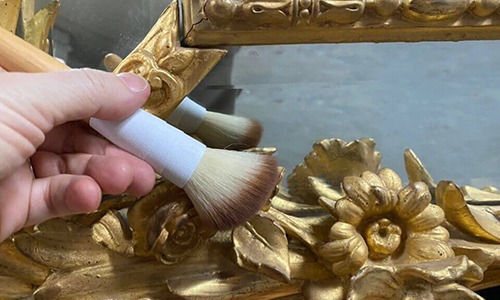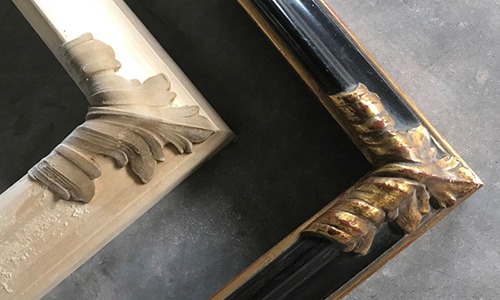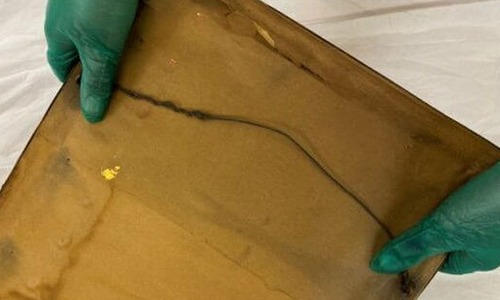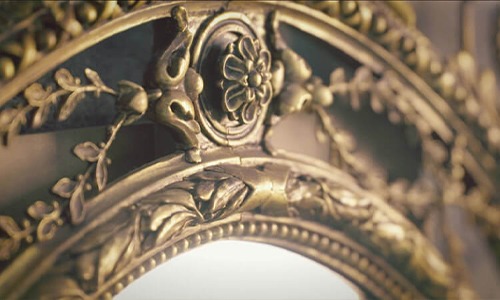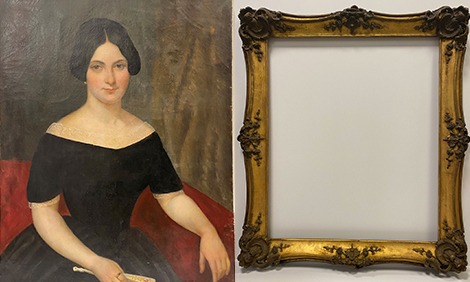Projects
Conservation of AN ANTIQUE LOUIS VUITTON TRUNK
Conservation of a Turn-of-the-Century Louis Vuitton Trunk
The son of a carpenter, French designer Louis Vuitton Malletier started his career as an apprentice at a box-making and packing workshop at the age of thirteen. In 1854, Vuitton started his business from the ground up with his state-of-the-art steamer trunks. The innovative flat profile design made the trunks stackable, while the Trianon canvas exterior reduced the trunk’s weight and made the trunk airtight. These functional elements and style made Vuitton’s trunks stand apart from the traditional rounded top steamer. In 1896, in honor of his late father, Georges Vuitton developed the iconic “LV” monogram which included the quatrefoils and flowers that are still used to this day.
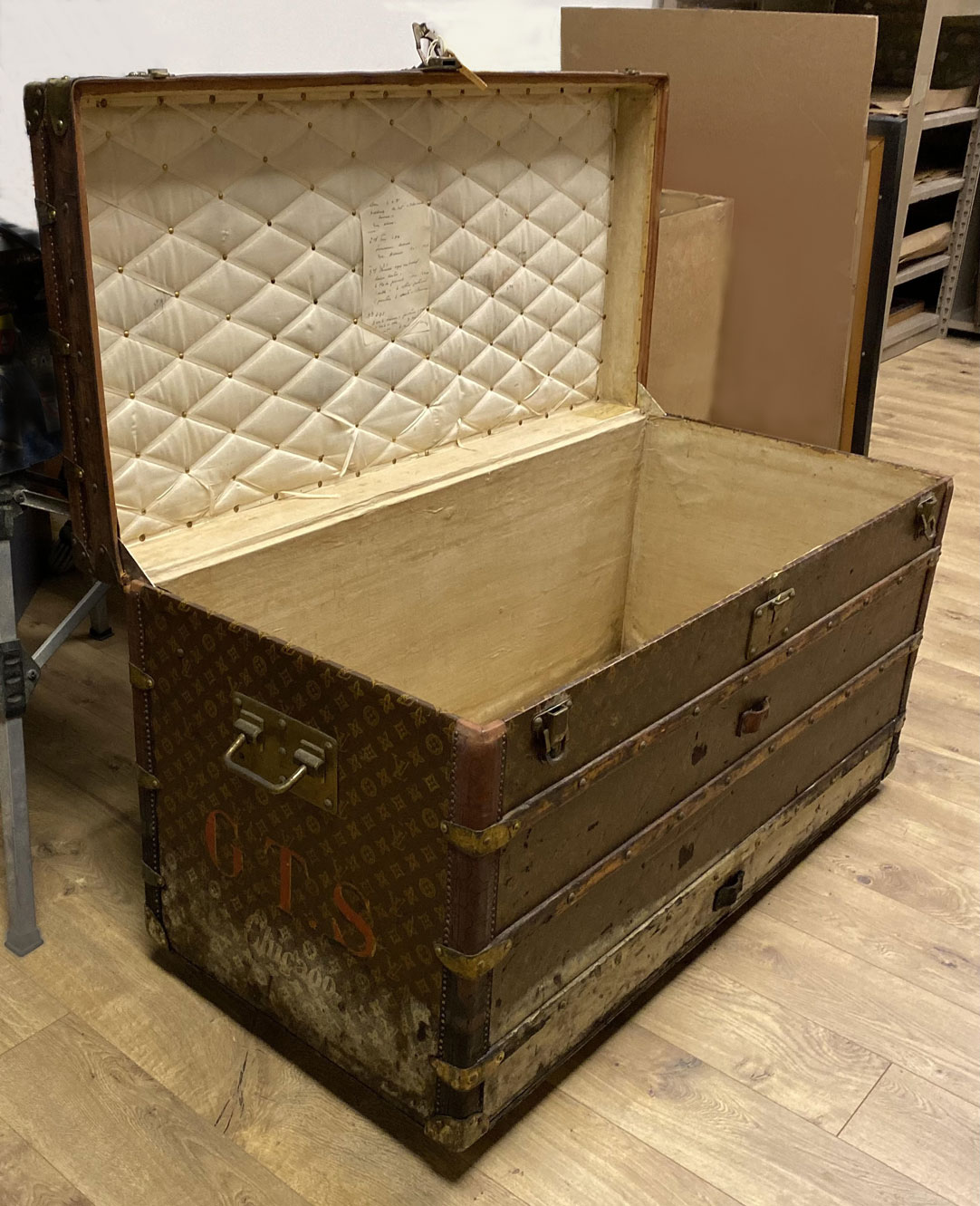
Condition
This antique Louis Vuitton trunk arrived at our studio with water damage. Upon arrival, our studio investigated the history of the trunk. Based on the serial number, the interior Vuitton store label, and the woven and stenciled canvas interior, the trunk was likely made between 1896-1914.
Louis Vuitton trunks are prized for their quality and attention to detail. All of the hardware, including the interior tacks and buckles, are made of brass. The original locks are prized and considered to be burglar-proof. This trunk still has the two original keys. The case is constructed with poplar wood. The “LV” monogram design is hand stenciled across the exterior canvas. The quality of the original construction and materials helped facilitate the successful treatment of this trunk.
Treatment
All of the elements were documented prior to treatment. This ladies’ trunk is a family heirloom, and the small remnants of ribbon, buttons, and antique receipts that were found inside the trunk were catalogued and retained for the family. The 1930s hand-written inventory of the trunk’s past contents was left secured within the tufted lining on the interior of the lid.
The exterior of the case was carefully surface cleaned. Great care was made to preserve the monogrammed canvas exterior. The deformations were relaxed, flattened, and secured to the poplar wood support. The blanched finish was saturated and conditioned, returning the original tonality and sheen.
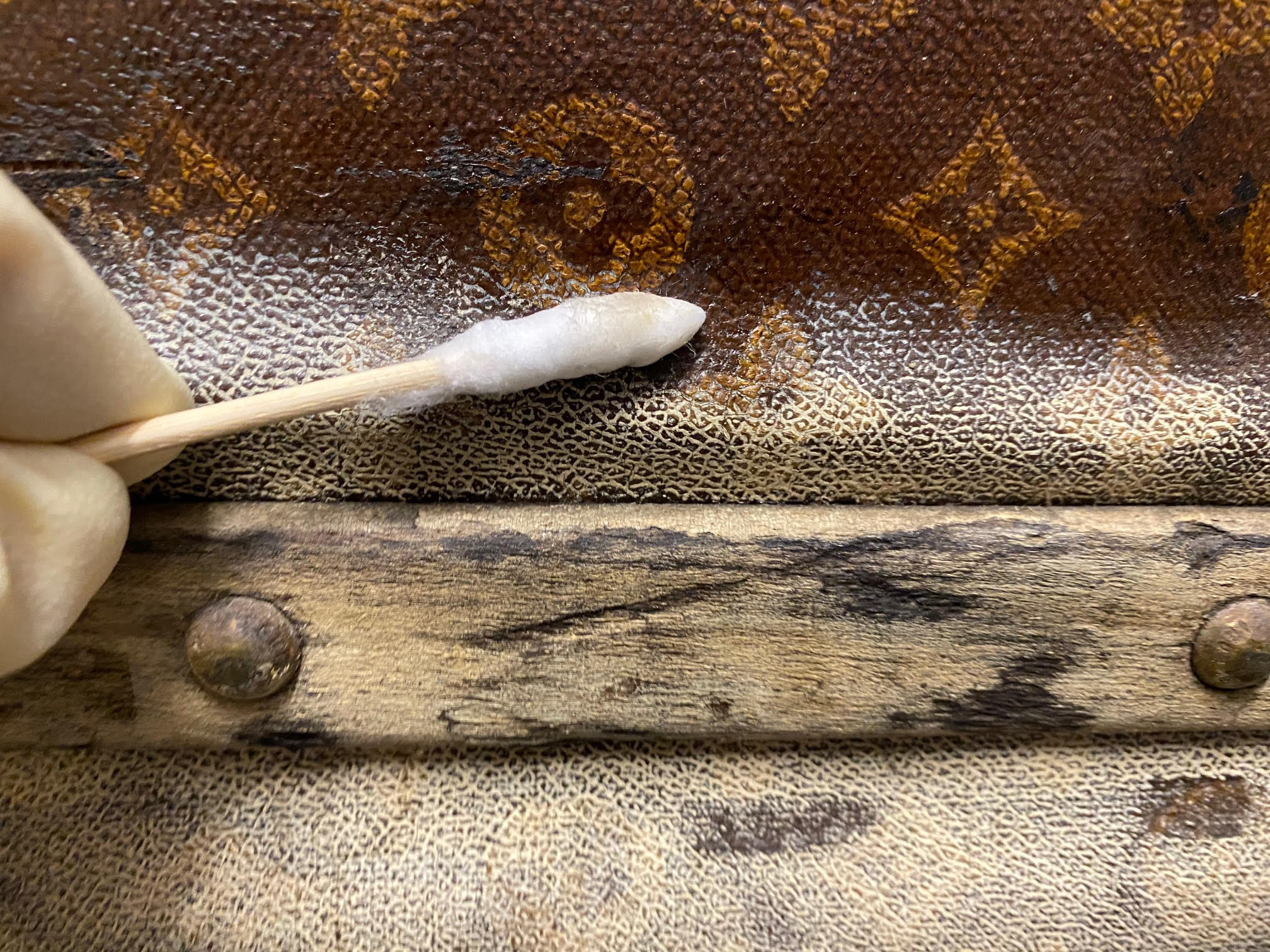
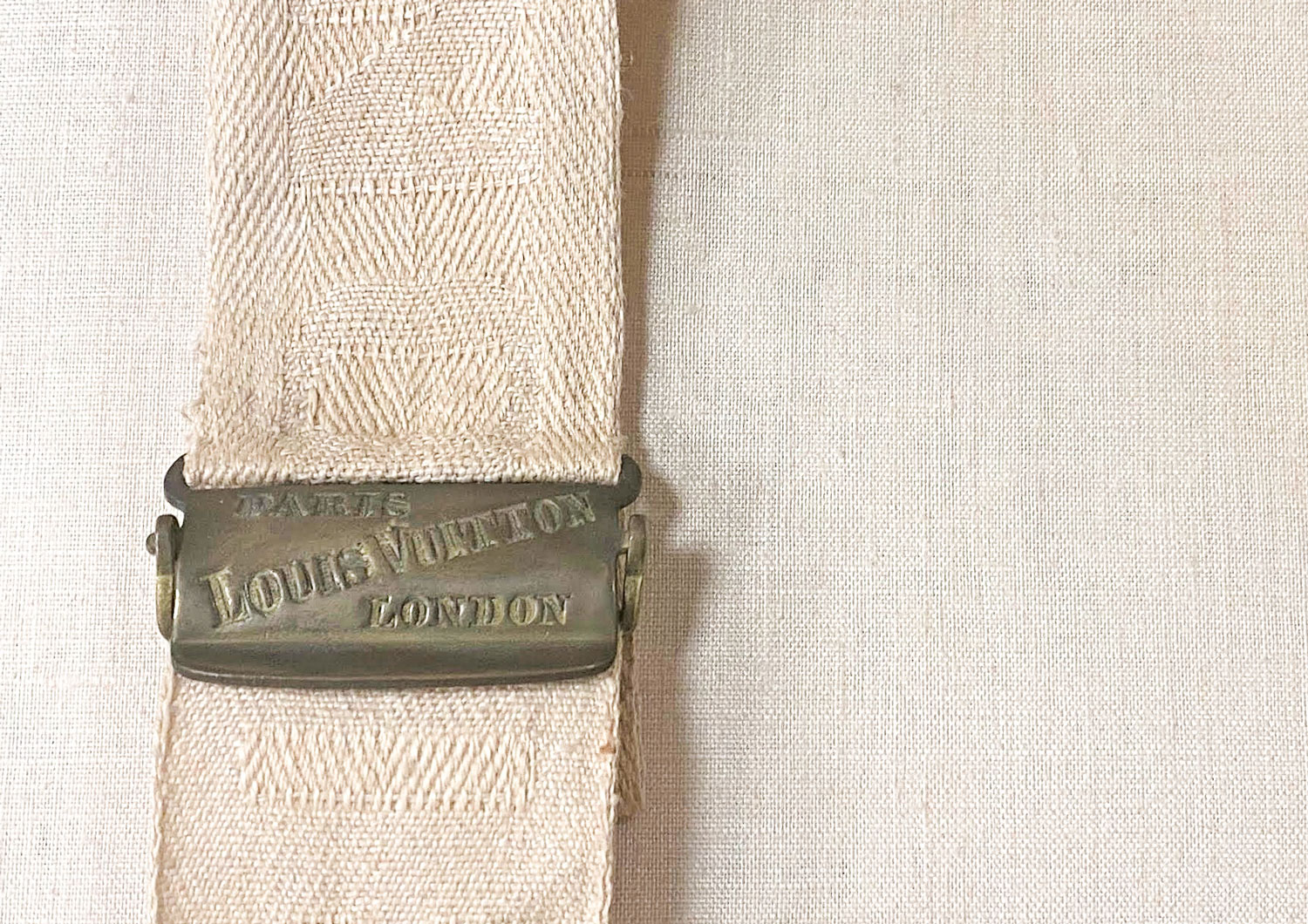
Interior Treatment
Once the exterior was stabilized, the original interior lining was cleaned by hand using a variety of wet and dry techniques. The soiled linen straps were carefully unlaced from the lower trays and hand washed. The straps were then air-dried, pressed, and re-laced into the original trays. The original broken silk ribbons within the tufted lid were realigned and mended.
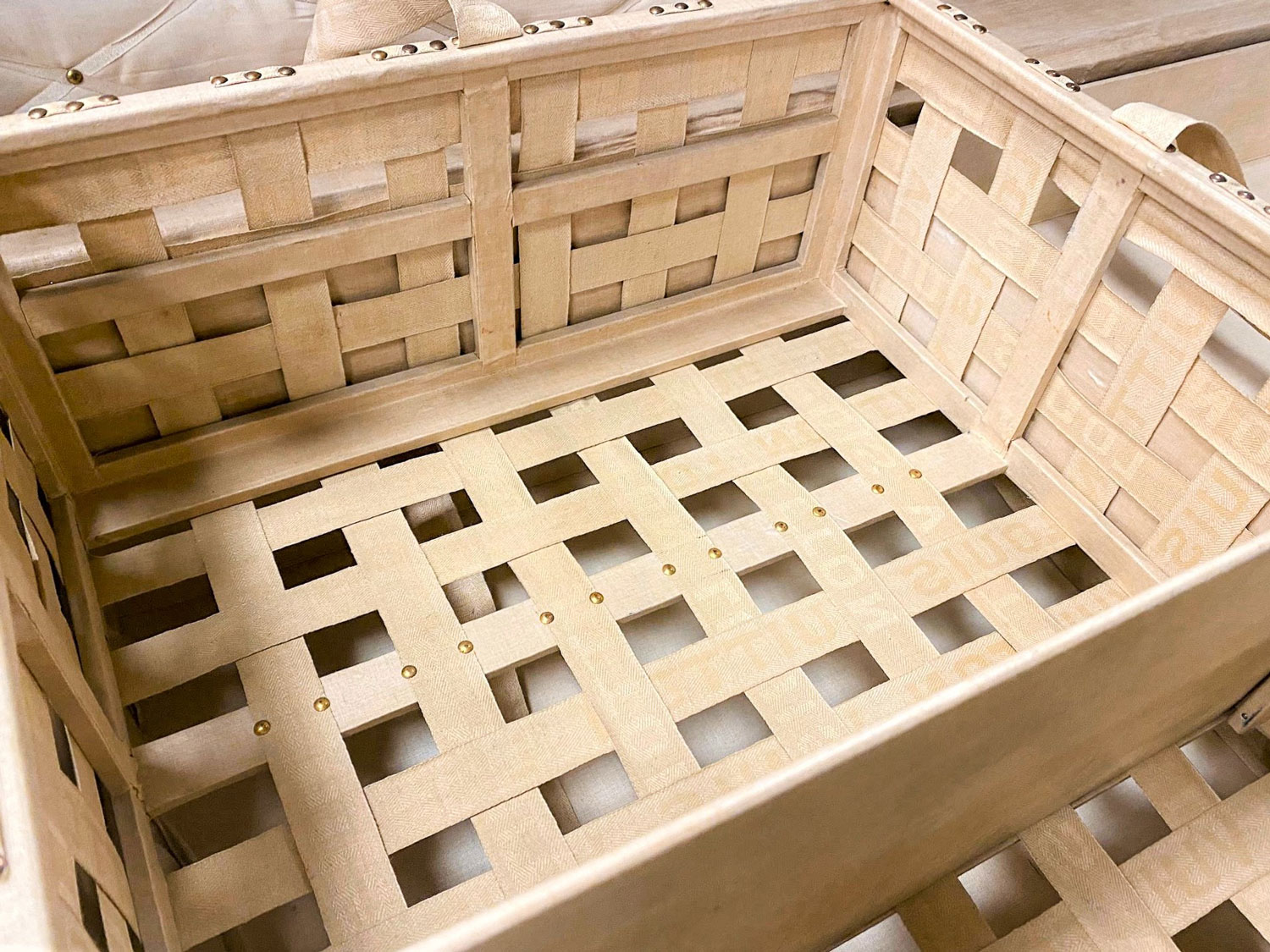
Last Step
A coat of microcrystalline wax was applied to the exterior elements to provide additional protection to the preserved surfaces. Given the family history of the trunk, care was taken to honor the historic wear that was present throughout. The wear on the hardware and edges of the trunk are all evidence of the piece’s passage through time.
If you have questions about conservation or archival framing, please contact us at info@artifactservices.com.

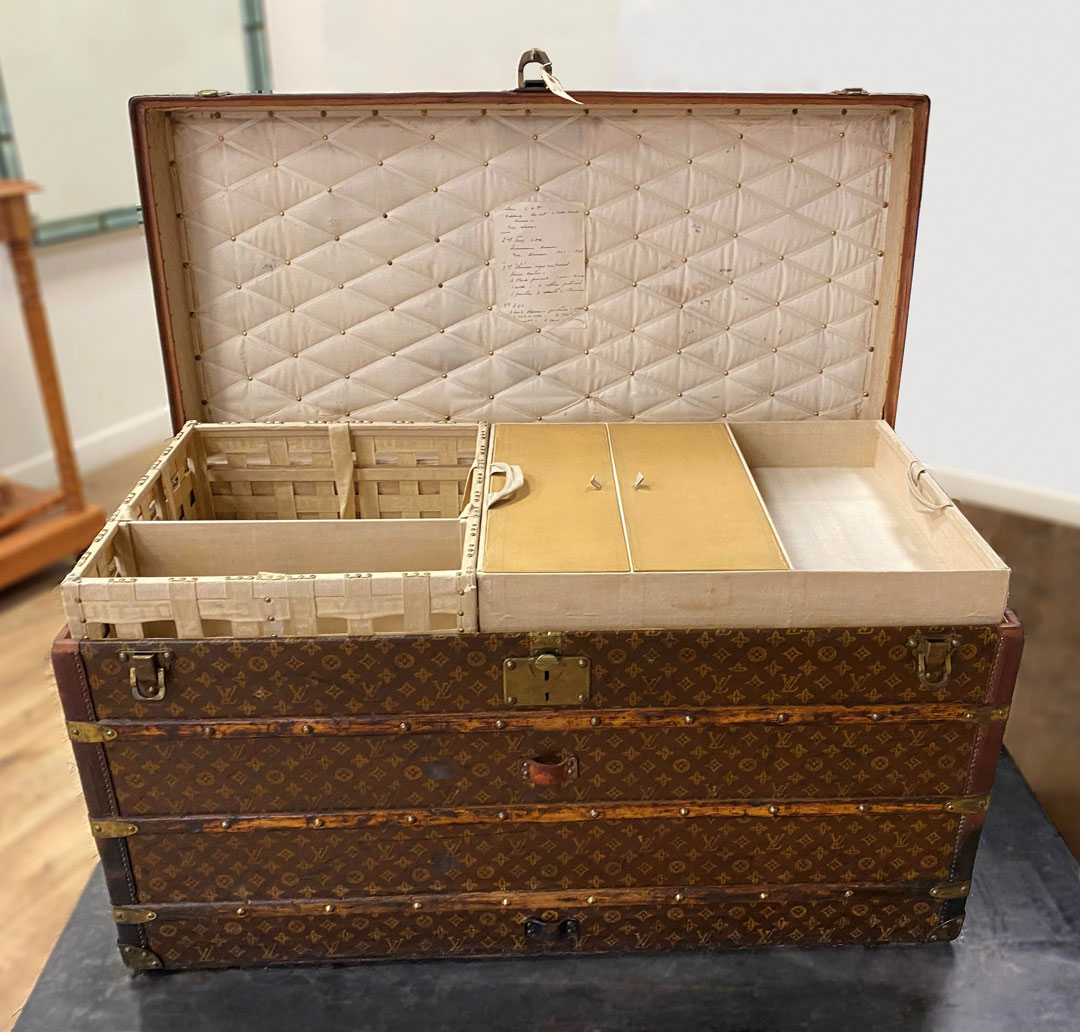
The Result
The trunk’s handmade construction and caliber were always apparent throughout the treatment. The resilience of this trunk highlights the importance of design, integrity, and high-quality materials. Even over a century later, Louis Vuitton’s dedication to the durability and utility of his product is honored by the successful treatment and continued legacy of this heirloom trunk.
We work with clients nationwide with the conservation of fine art, objects, heirlooms, and furniture.
If you have any questions, please email us at: info@artifactservices.com
Our collection of educational articles about
custom framing, collection care, and emergency response are updated regularly.
Click on each topic below for a menu of corresponding articles.
Collection Care Articles
By April Hann Lanford
Our collection of educational articles provides an introduction to many topics about the preservation and conservation of fine art, antiques, and fine furniture.
Topics are often written as a result of questions provided by our clients.
Emergency Care Articles
By April Hann Lanford
Our emergency care articles are a helpful introduction to how to prevent damage through preventative measures or art and antique collections. When a disaster strikes, prompt response and taking the right steps can mitigate further damage.
Antique Trader Articles
By April Hann Lanford
Visit our collection of articles that have been published in Antique Trader.
antiquetrader
For more than 60 years Antique Trader has been inspiring, informing, and entertaining the collecting community with timely...
Projects
By April Hann Lanford
A selection of Artifact’s most recent projects highlighting our conservation and preservation work. We present each unique story describing the conservation process from reviewing the history, cause of loss, and condition to the steps of the treatment.
Glossary
A collection of art and conservation terms along with makers and firms compiled into a glossary and highlighted throughout our website for reference.
We are available to assist you
Main Location
840 N. Milwaukee Ave, Chicago IL 60642
Mon-Fri: 9:00 am - 5:30 pm
Sat: 10:00 am-4:00 pm
Sun: Closed
Complimentary parking is available in the loading zone in front of the building
We can also serve you by appointment at our other locations in the Chicagoland area.
Additional Locations
Schiller Park • Highland Park • Lake Forest • Lincoln Park • Nashville, TN
Copyright 2024, Artifact Services, LLC | An Artmill Group Company
